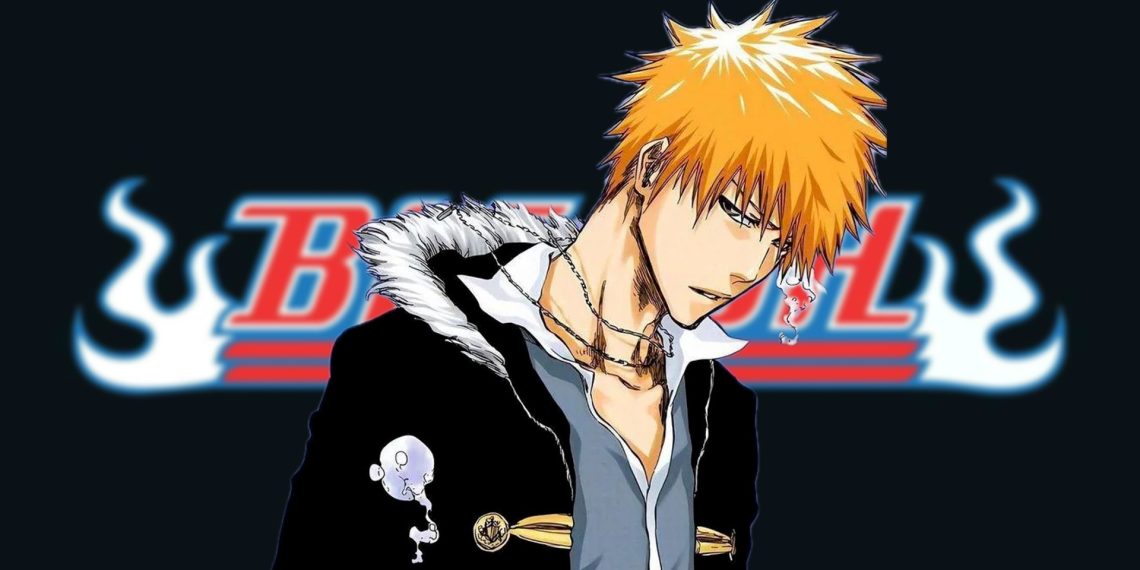Tite Kubo’s action-packed supernatural series “Bleach” first began serialization in 2001 in the famous Japanese manga anthology Shonen Jump.
It quickly became one of the publication’s most popular ongoing series, gaining recognition as one of the “Big Three” mega-hit manga alongside Masashi Kishimoto’s “Naruto” and Eiichiro Oda’s “One Piece.”
While the titles “Naruto” and “One Piece” clearly connect to the core elements of their respective series, the meaning behind Kubo’s choice of the name “Bleach” for his manga about spirit beings and the afterlife has remained more vague and obscure.
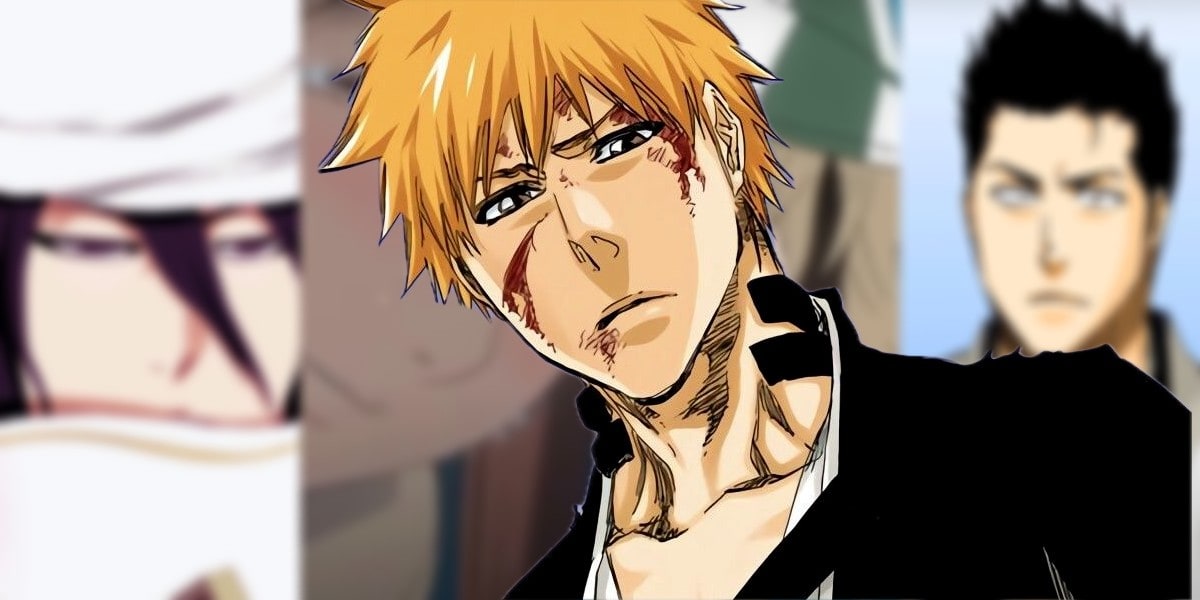
Even after nearly twenty years, fans are still uncertain about the exact significance of the eccentric title.
According to Kubo himself, when his initial one-shot manga featuring the character Rukia failed to garner interest, legendary “Dragon Ball” creator Akira Toriyama wrote him a letter of motivation, pushing Kubo to continue developing the supernatural concept.
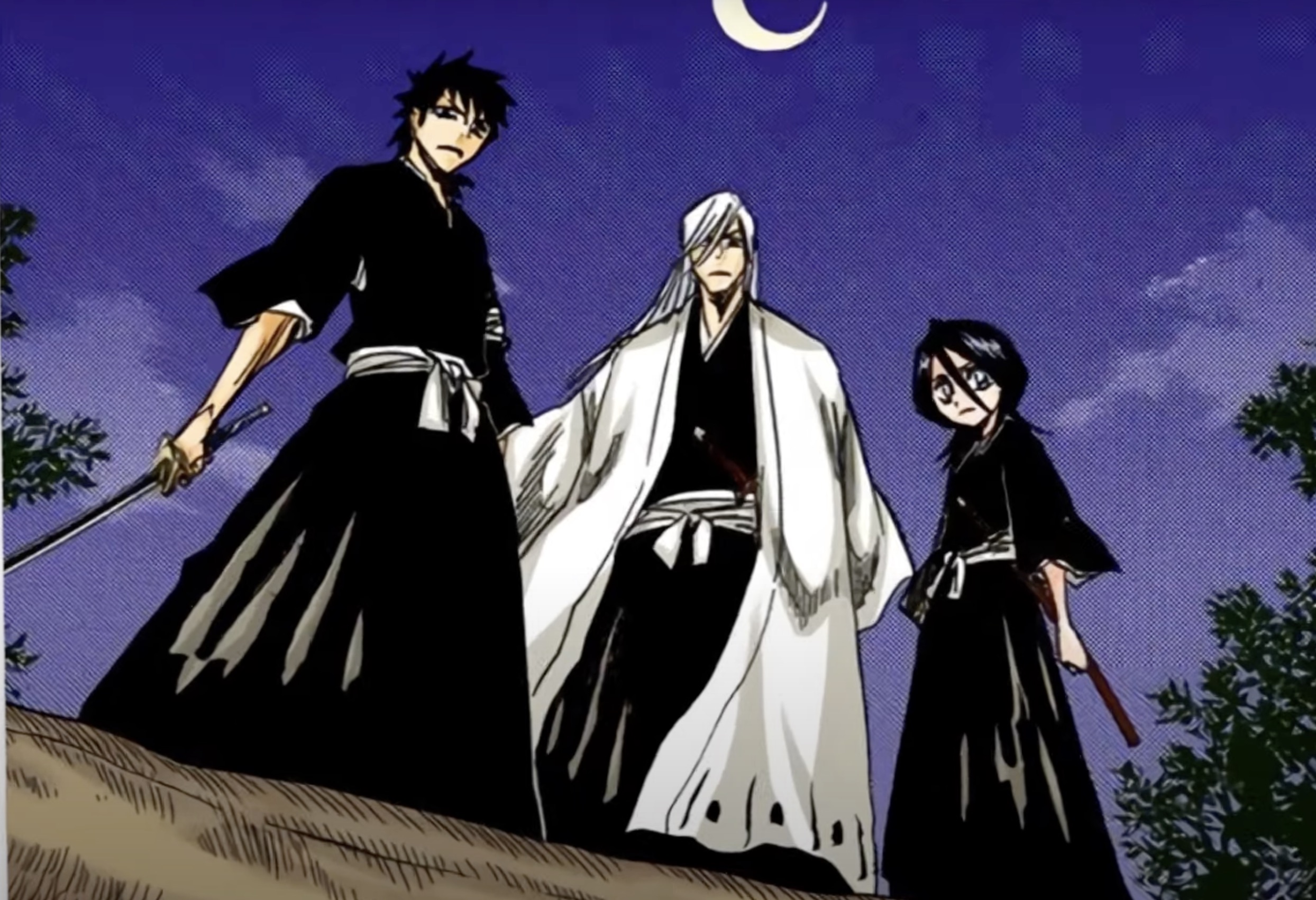
This led the young artist to keep working on the series that would become “Bleach”—quirky name and all.
It seems the term “Bleach” was selected by Kubo as a clever symbolic play on the premise of Soul Reapers and purified spirits.
Just as bleach is used to cleanse and whitewash clothing, the Soul Reapers “bleach” dark spirits and guides them to the afterlife.

So while unorthodox, the title “Bleach” proves to be surprisingly fitting for Kubo’s distinctive take on the supernatural realm.
Soul-Cleansing Journey in Tite Kubo’s Dark Shinigami Vision
In several interviews over the years, manga creator Tite Kubo has provided insight into his conceptualization of the supernatural world of “Bleach” and the significance behind its cryptic title.
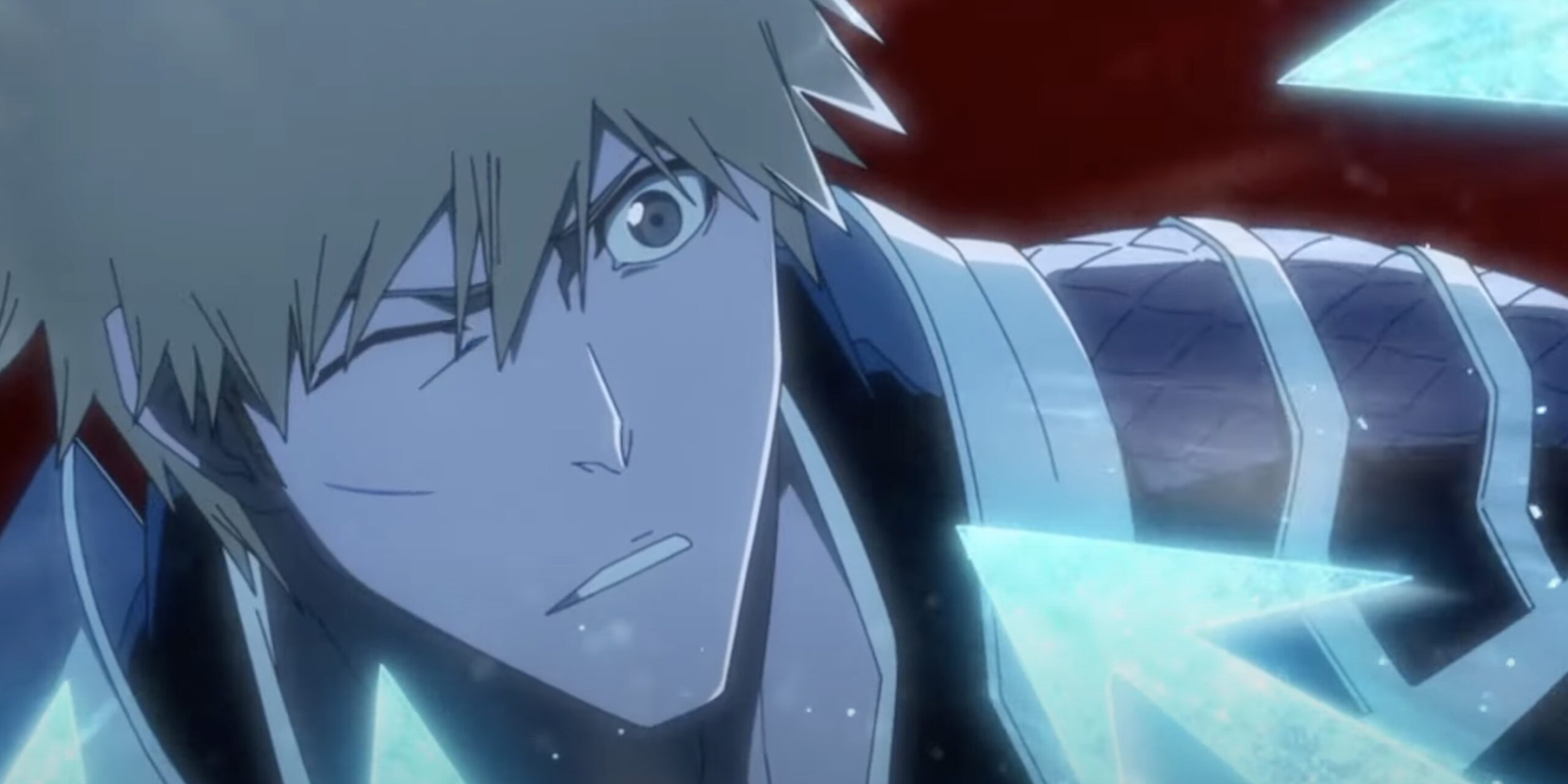
Kubo reveals that initially, he was inspired by the imagery of traditional Japanese death gods (shinigami) decked out in dramatic black robes and carrying katana swords as they conduct deadly spirits to the afterlife.
This shinigami aesthetic was central when Kubo was first dreaming up his paranormal saga well before plotting out protagonists or overarching narratives.
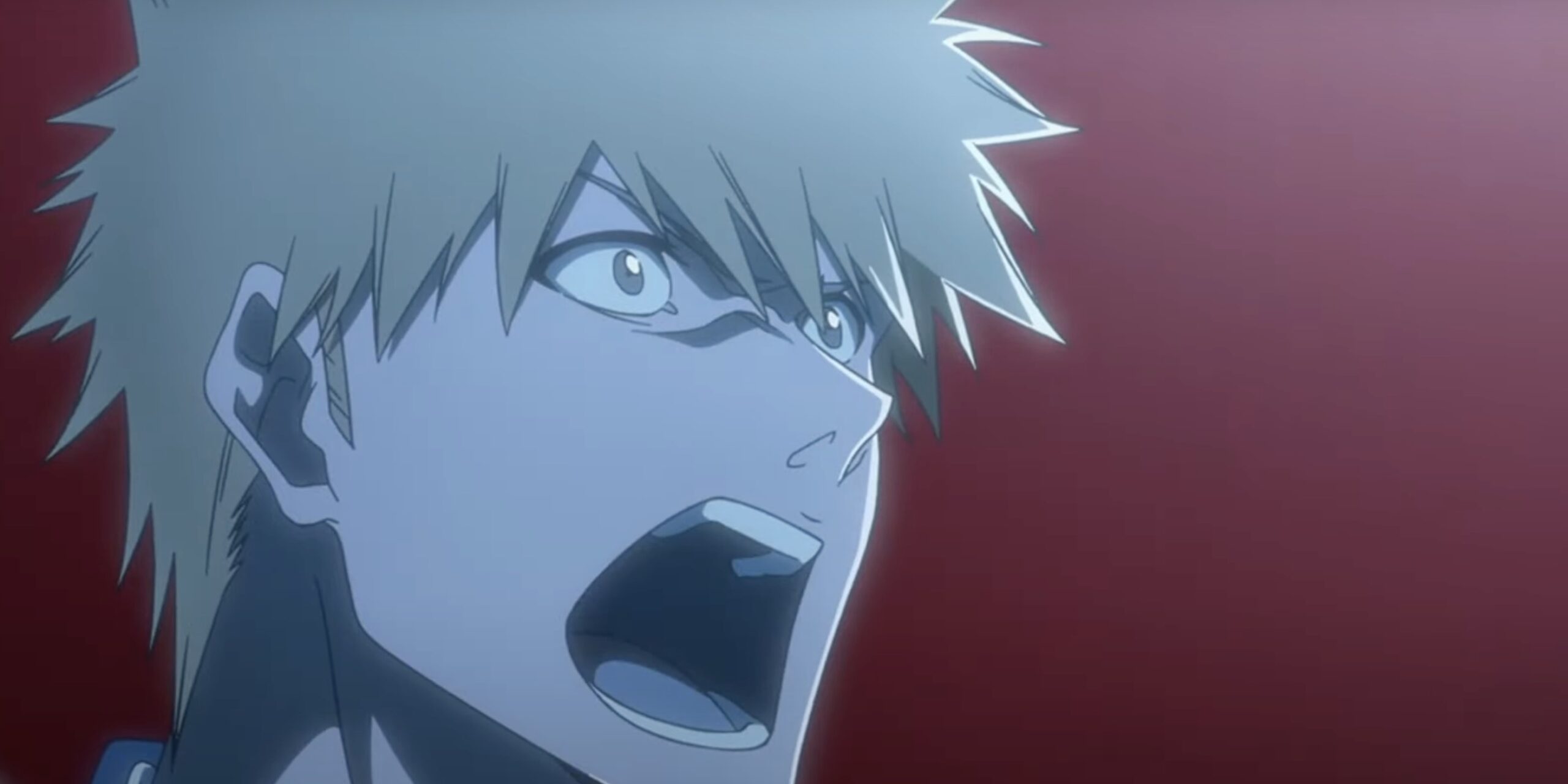
In fact, the character Rukia—the soul reaper who kickstarts Ichigo’s journey—was created first and purposely designed by Kubo to embody his ideal vision of a modernized shinigami.
Clad in a basic black kimono and wielding a blade, Rukia’s look solidified the general vibe and themes Kubo sought to explore.
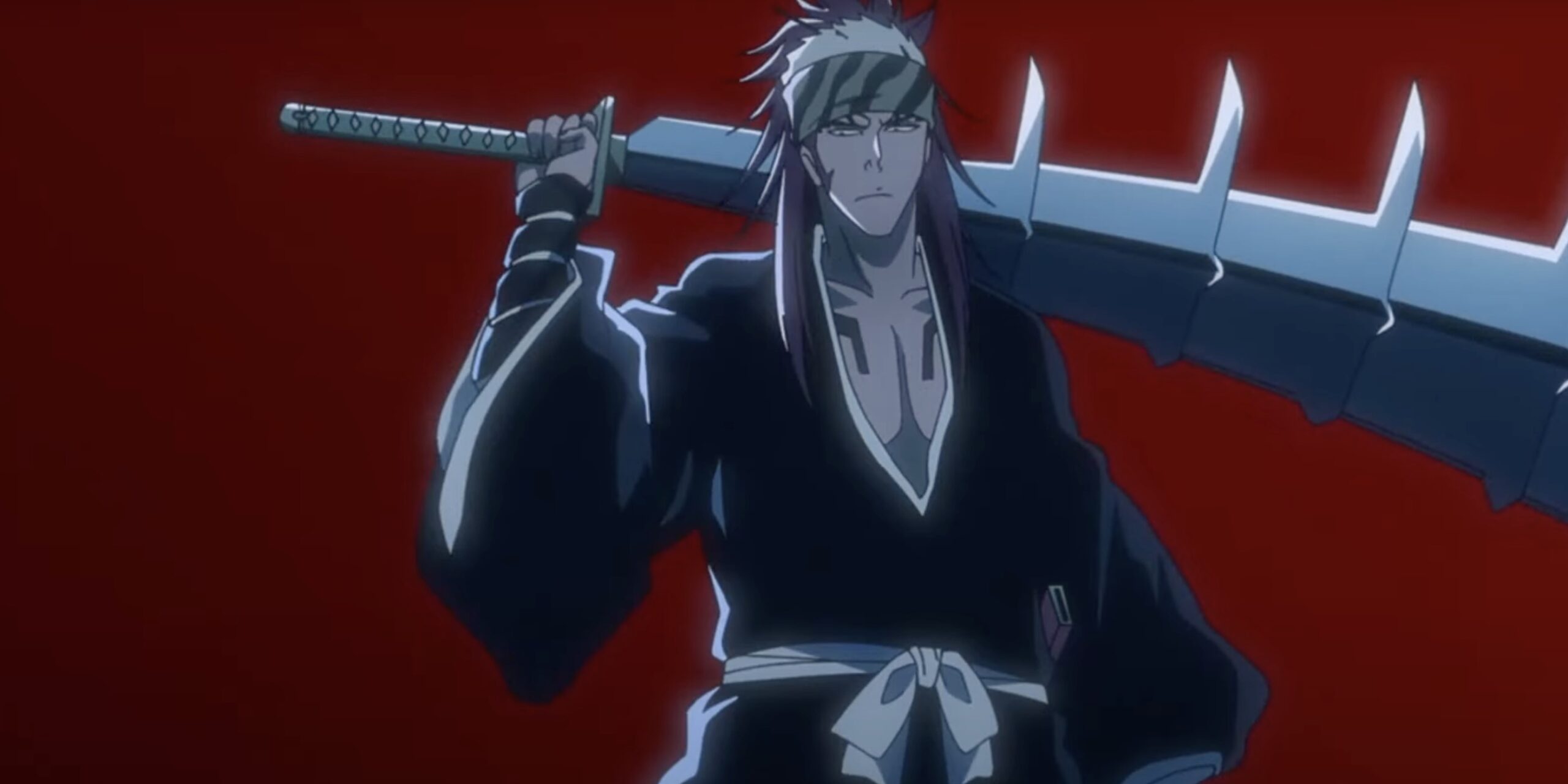
It was this darker, almost gothic vibe surrounding the concept of otherworldly guardians ushering souls into death and beyond that inspired Kubo to name his manga “Black” at first.
However, he felt this title was too on-the-nose and simplistic. He then considered the inversion—”White”—but ultimately settled on “Bleach” as symbolically evoking the act of “bleaching” spirits to a purer, lighter state through the Soul Reapers’ guiding process.
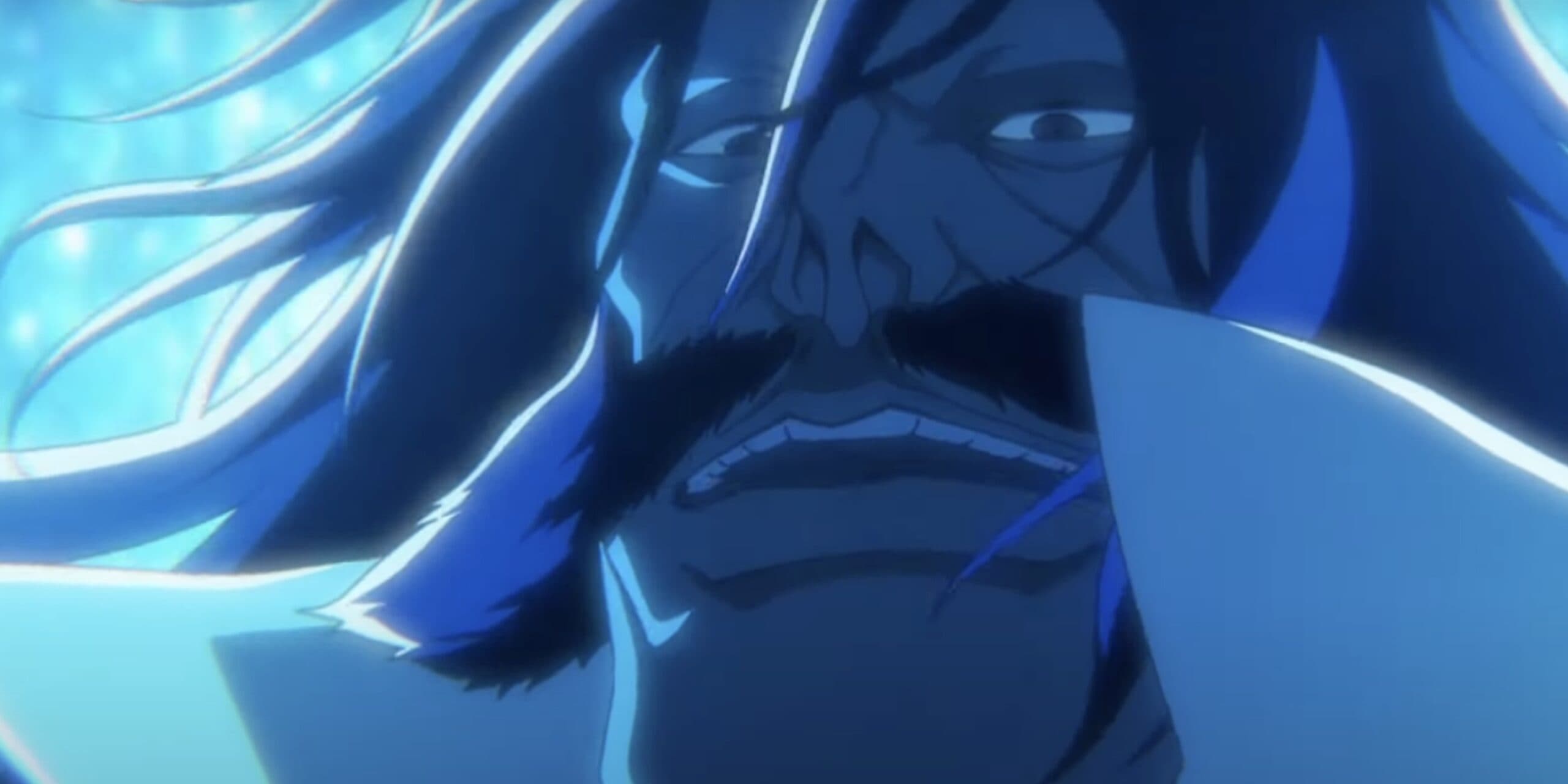
So while abstract, the final title stems directly from Kubo’s original shinigami-focused ambitions for the series.
From ‘Black’ to ‘Bleach’ – Tite Kubo’s Artistic Evolution and the Unseen ‘Snipe
As Tite Kubo developed his initial idea for the manga that would become “Bleach,” he envisioned the Soul Reaper characters dressed in dark, black robes that evoked a supernatural, almost gothic vibe.
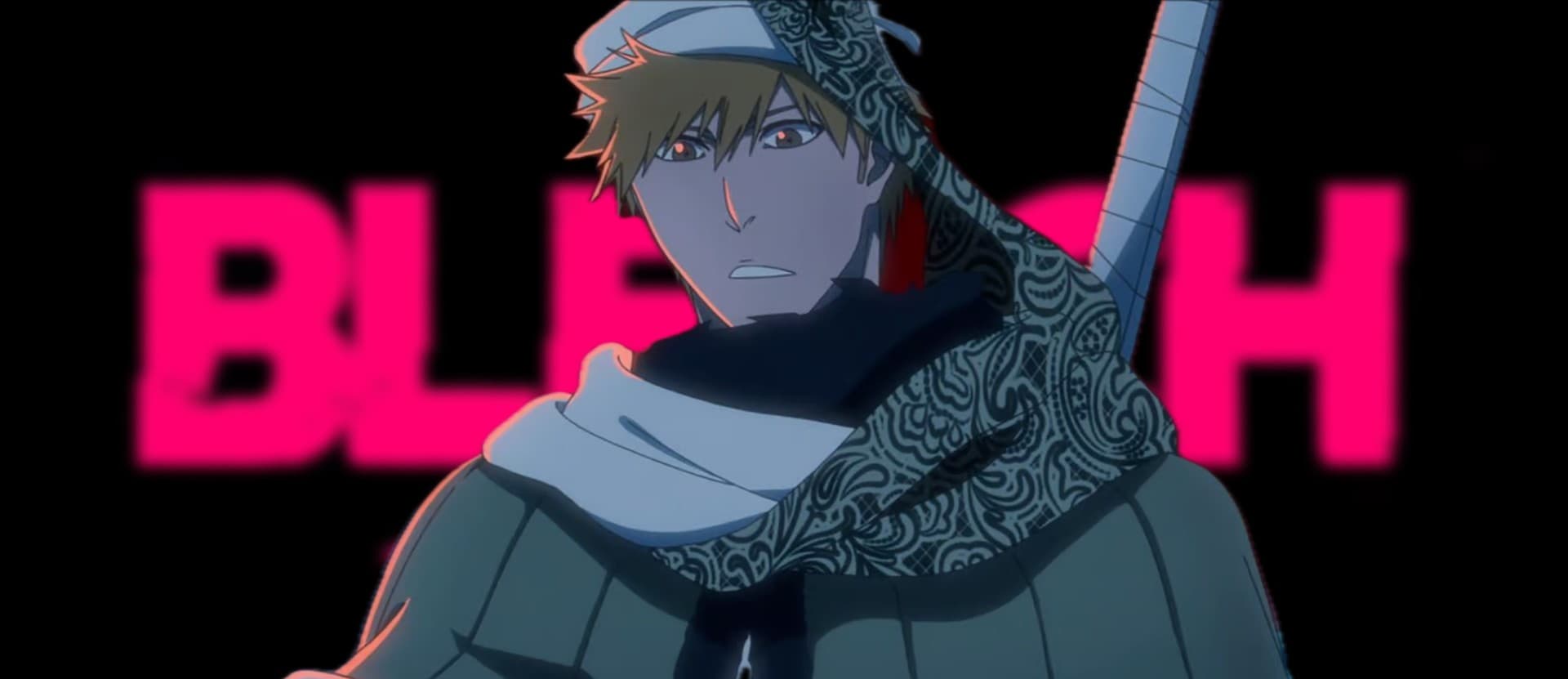
This aesthetic inspired him to tentatively title the series “Black.” However, he felt that name was too generic. So in a creative conceptual twist, Kubo imagined “bleaching” those black garments to a lighter shade, landing on the unexpected choice of “Bleach” as a distinctive title reflecting the Soul Reapers’ role in purifying spirits.
Interestingly, in Kubo’s earliest sketches, Rukia was intended to be the central protagonist of the story, not Ichigo. Also in this preliminary stage, all the characters wielded guns instead of the ornate swords that eventually became their signature Zanpakuto blades.
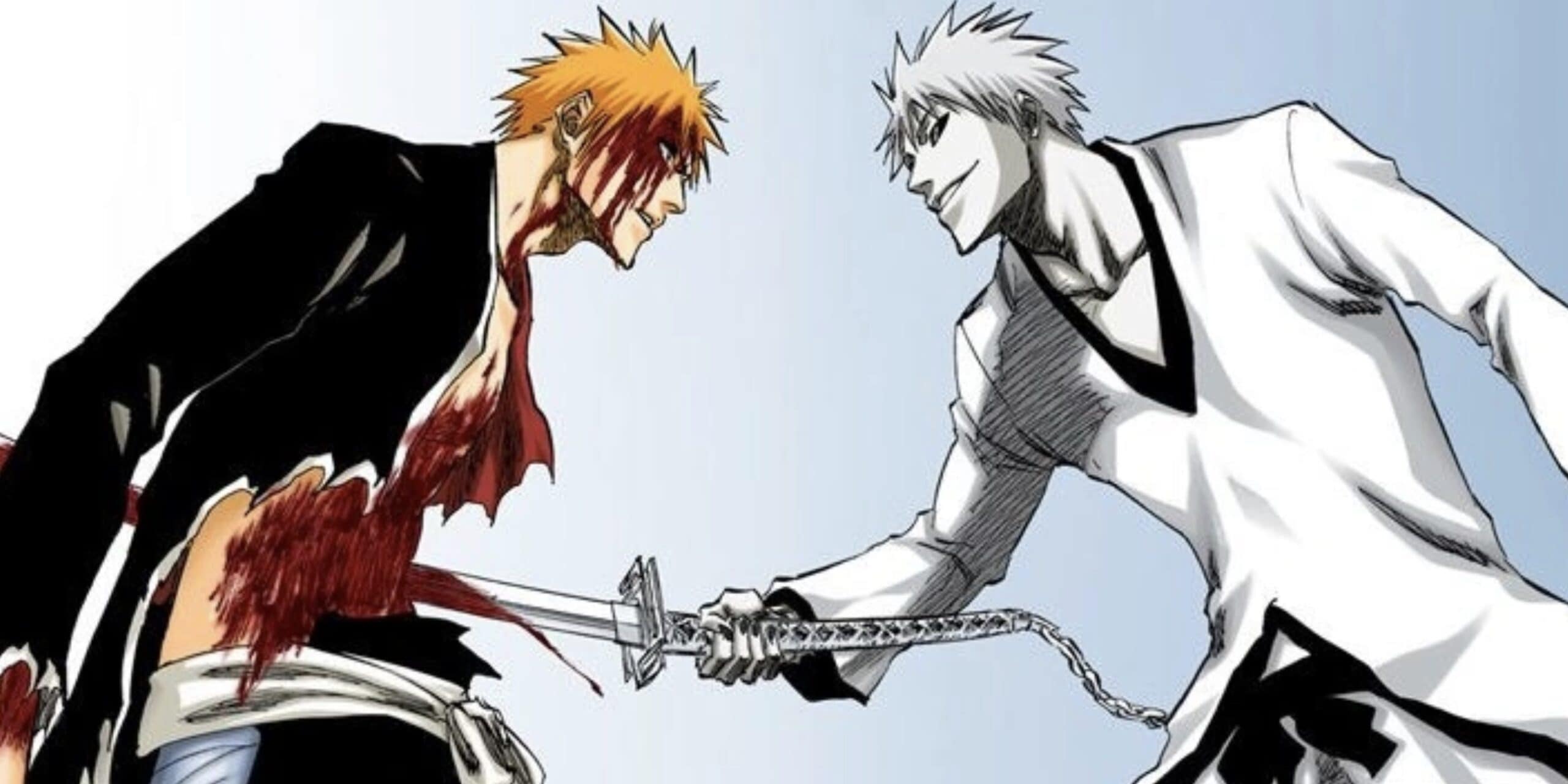
With guns replacing katanas, this alternative version dubbed “Snipe” would have had a drastically different tone according to Kubo.
The Japanese mythological concepts and spiritual folklore that permeate the narrative would likely not have shone through as prominently without the ancestral samurai weaponry.
Symbolic Battle Between Black and White in Soul Reaper
The underlying conceptual duality of “black versus white” that inspired the naming of “Bleach” also manifested visually in the contrasting designs for the Soul Reapers and their antagonists throughout the series.
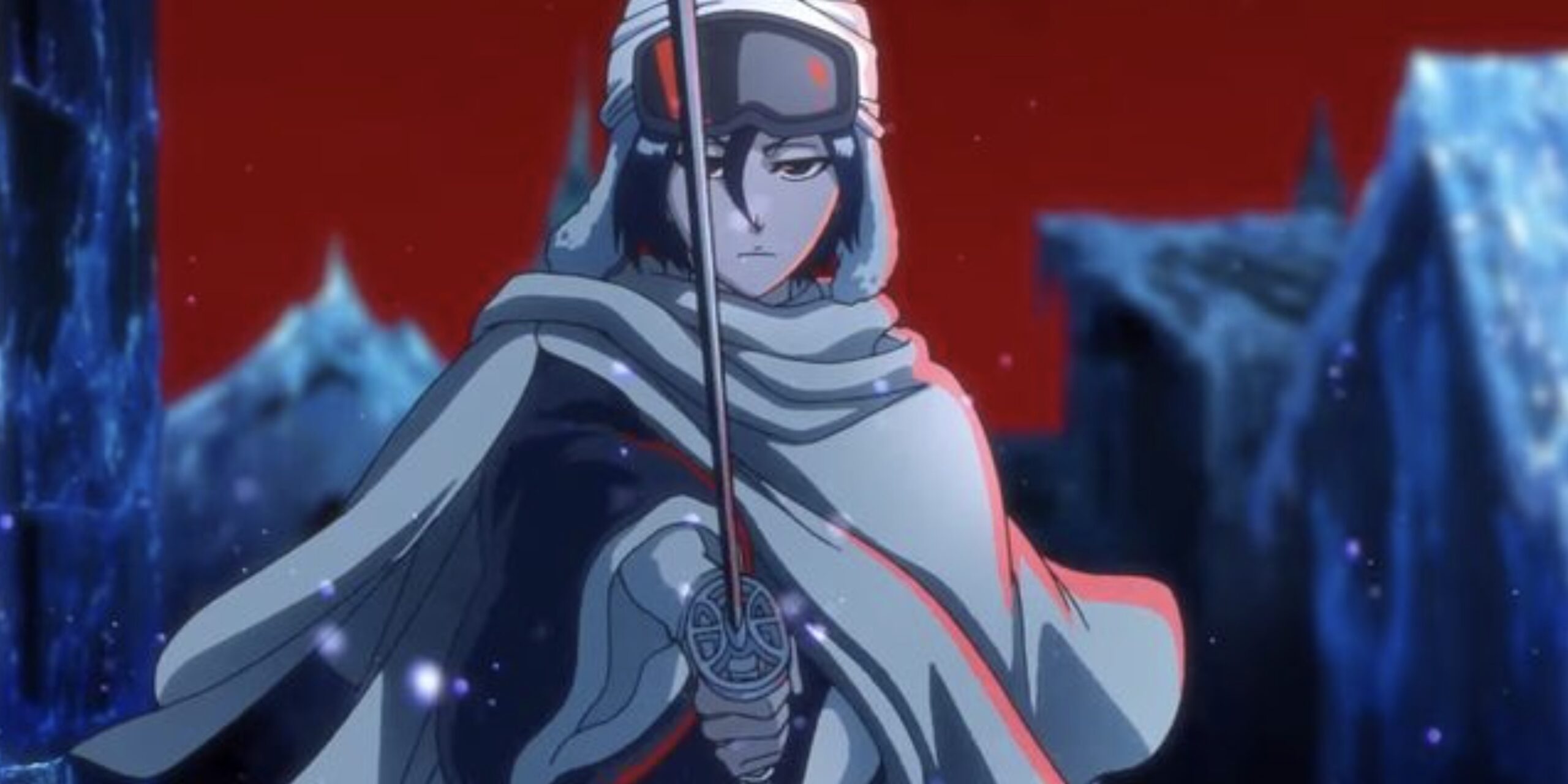
Beyond the signature black shihakusho robes bearing their name, the Soul Reapers found their chromatic opposite in the series’ main adversarial faction—the Quincy tribe.
With their militaristic sensibilities, the Quincy wore spotless white uniforms, forgoing the dark somberness of the Soul Reaper palette. This was a deliberate inversion bleaching the Soul Reapers’ color scheme to assert their differences ideologically and aesthetically.
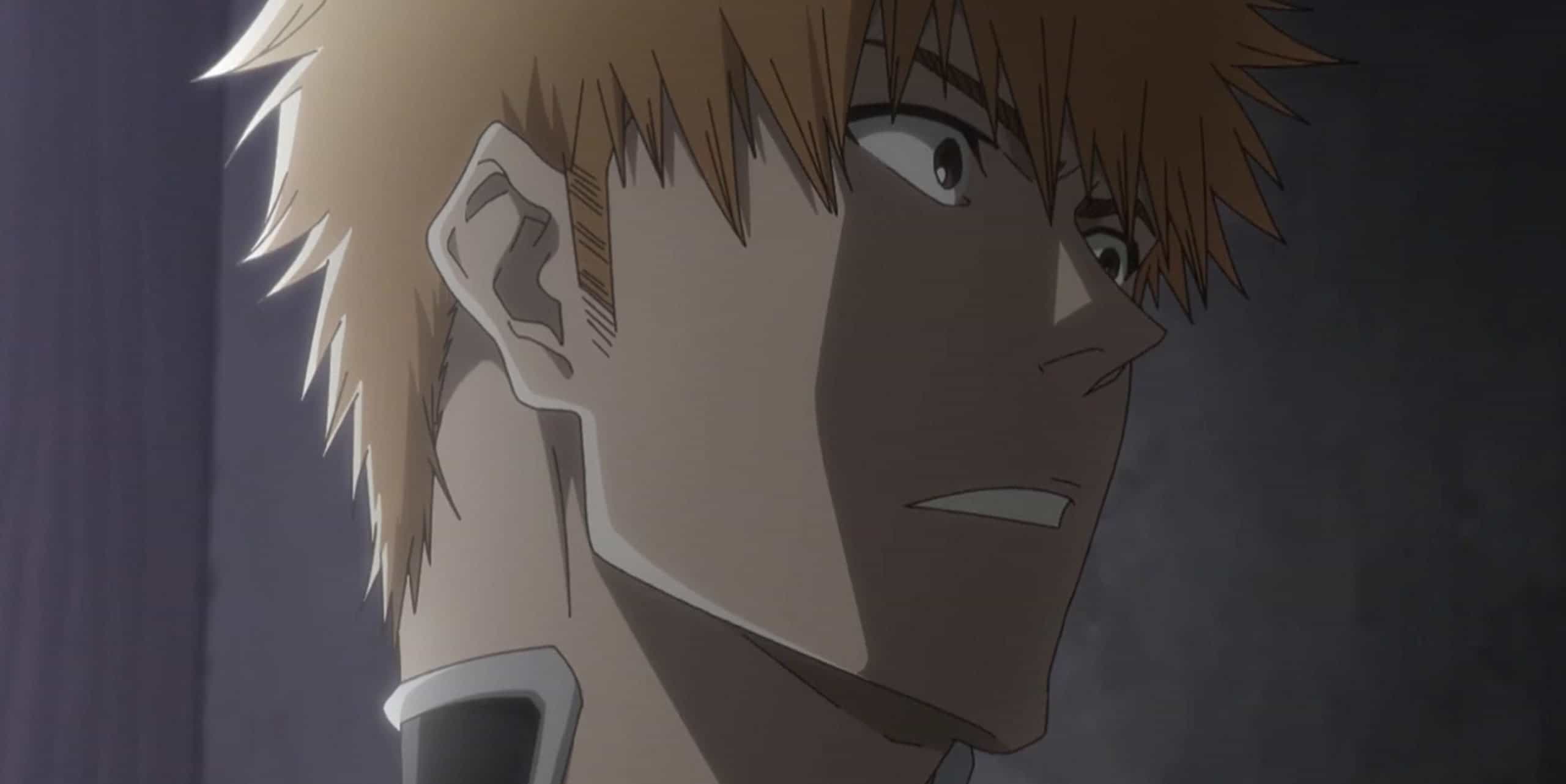
The Quincy’s spiritual purity and ancestral feud were further represented through the all-white garb of the Wandenreich army.
Meanwhile, Sosuke Aizen’s villainous Arrancar forces saw white uniform tunics with black accents issued – clearly flipping the Soul Reapers’ black and white elements.
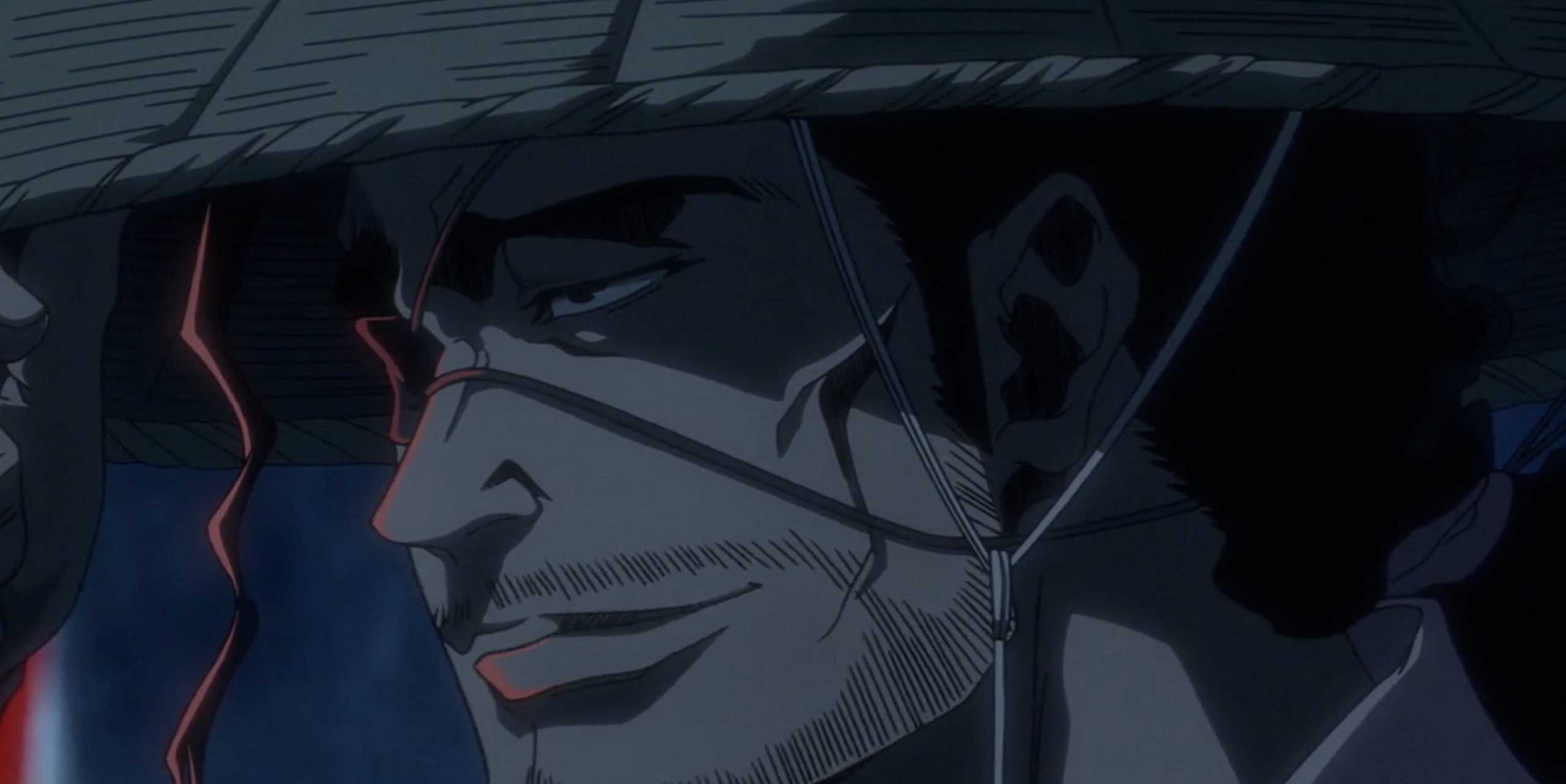
This likely aimed to symbolize the Arrancar’s status as Hollows without masks, setting them as inverted distorted reflections of Soul Reapers.


